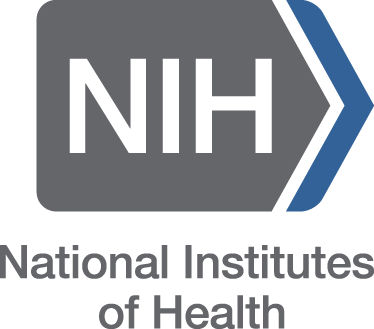In-vivo and In-vitro Evaluation of Anticancer Activity of Snuhi Kshara using Dalton’s Lymphoma Cells
DOI:
https://doi.org/10.63001/tbs.2024.v19.i02.S.I(1).pp316-328Keywords:
Anticancer, Snuhi Kshara, Dalton’s Lymphoma CellsAbstract
Although, kshara therapy is reported to be one among the possible measures in the treatment of arbuda in Ayurvedic science, a limited individual practitioners are practicing it. This mode of treatment has been proved to terminate the invasion of fast growing tumour cells and clinically shown to render significant symptomatic relief. But still the kshara applications are rarely tested internally. The kshara variety meant for internal application, termed as paneeyakshara, is prepared by dissolving kshara in water. Sushruta has described the fact that paneeyakshara has a greater affinity for the destruction of new tissues. Based on this finding, it has been proposed to be useful for the destruction of unwanted tissues. Furthermore, the exploration of new plants for the preparation of Kshara as better alternates for existing medicines is very much needed. In the present work, Snuhi, Euphorbia nerifolia, has been opted for preparation of kshara. Snuhi kshara at different concentrations have shown dose dependent inhibition of SKMEL cancer cells in the MTT assay with an IC50 value of 84.36 μg/mL. and the life extent of tumour induced mice increased to 74%, 69% and 77% respectively with the concentration of 200, 100 and 400 mg/Kg of test drug. In the DLA tumour bearing mice, the average life span was recorded to be 54. The improvements in biochemical parameters with the test drug at dosage of 400 mg/Kg was almost comparable with that of the standard drug 5-fluorouracil, restates the anticancer potential of Snuhi kshara.






























